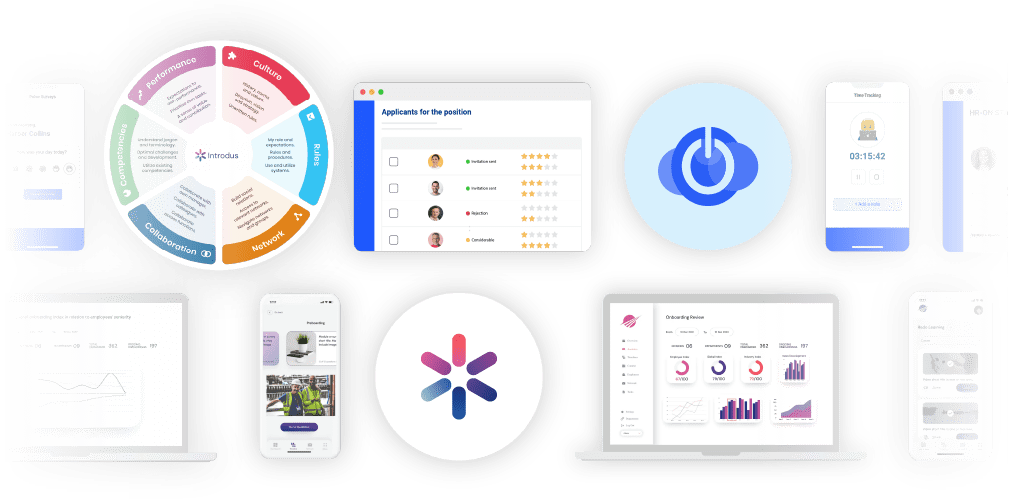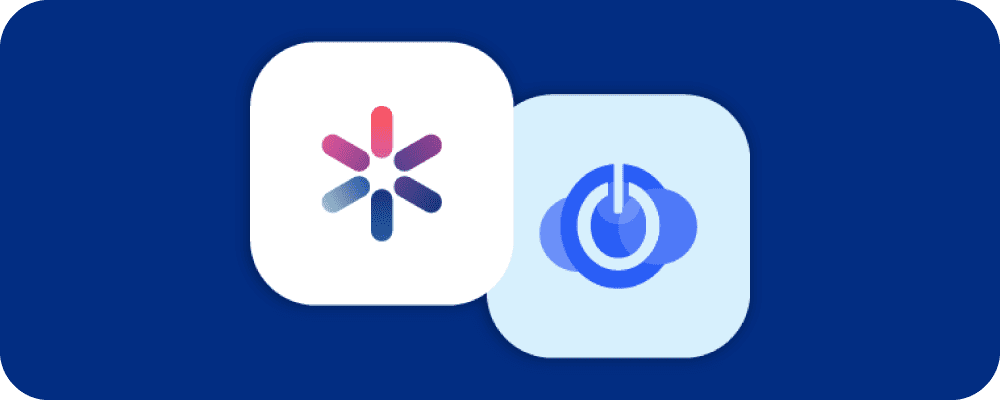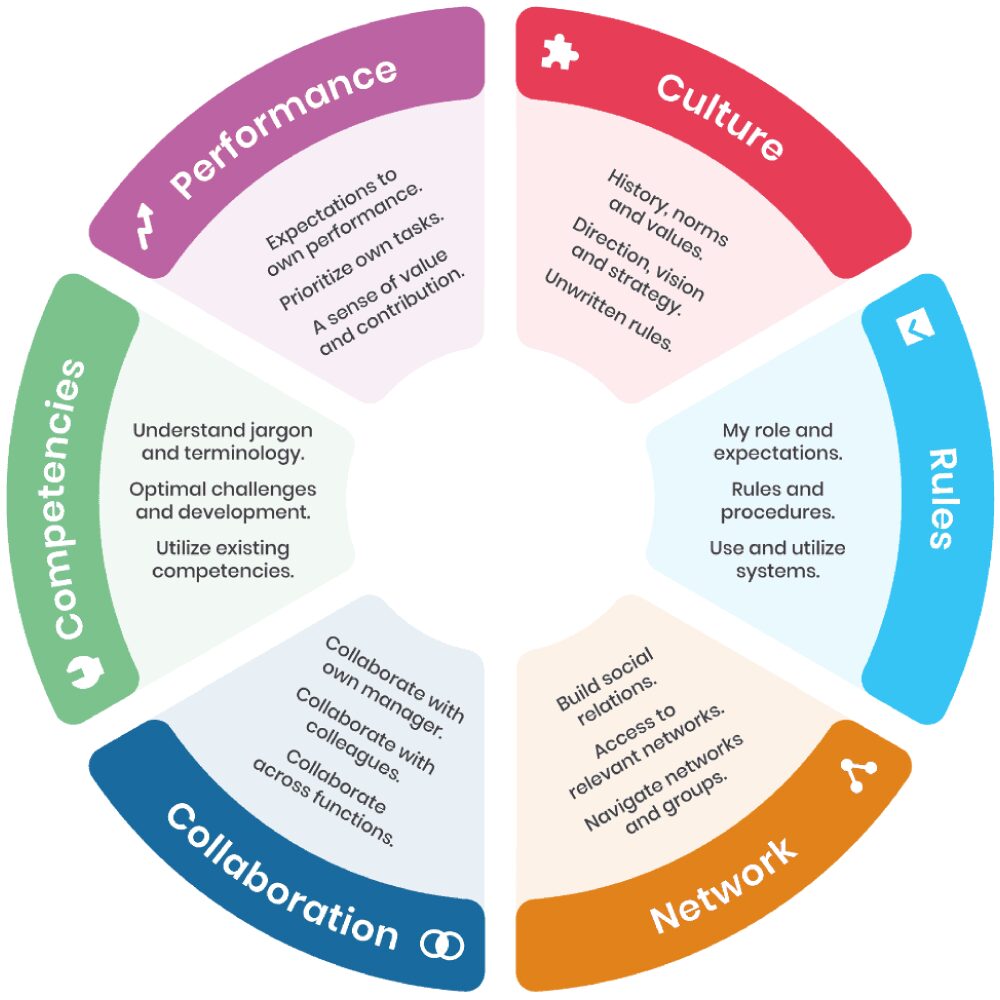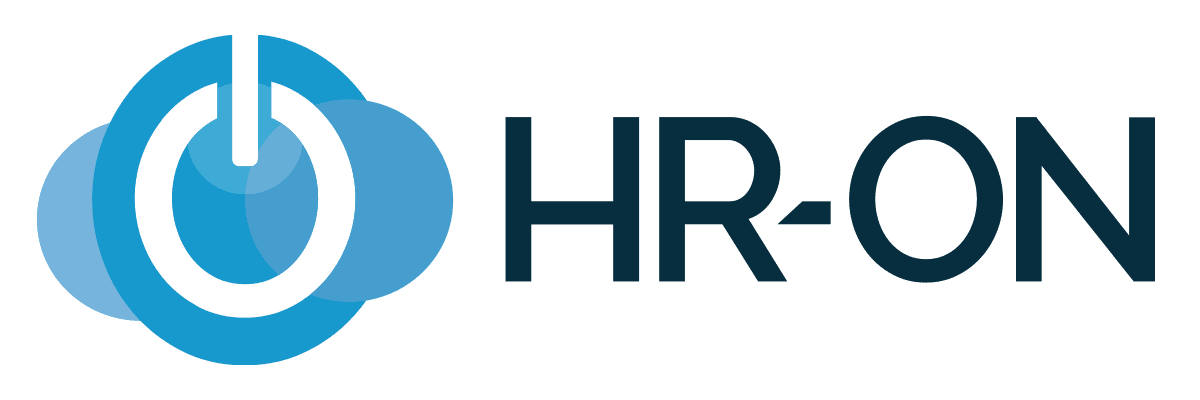Introdus Is Now Part of HR-ON. Together for Stronger Onboarding.
With the Introdus Onboarding Platform now part of HR-ON, you get an even stronger HR system, connecting recruitment, onboarding, and HR into one streamlined experience. Learn how to lift your HR.

In Great Company With 500+ Companies






The Fusion at a Glance: What You Get

We give you a more complete HR solution
With Introdus’ onboarding platform being part of HR-ON, the entire HR-ON platform becomes an even more complete HR solution, giving you hire, onboard, and development in one.




Seamless onboarding and employee journey
The HR-ON x Introdus fusion creates a full employee journey, from signed contract to onboarding and growth, boosting engagement, reducing turnover, and strengthening retention.




Stronger HR insights and onboarding reviews
With Introdus’ onboarding insights, HR-ON gives you stronger reporting and review of your pre-, on, and offboarding so that you can base decisions on quality data.
HR-ON x Introdus: For a Complete Employee Journey
Easy Integration
Fast Track
Onboarding Review
HR-ON x Introdus: For a Complete Employee Journey
A More Complete Employee Journey Based on the World’s Most Extensive Study
The fusion with Introdus, a Danish company that helps customers give their new employees a flying start through a pre- and onboarding platform, creates a more complete employee journey for HR-ON customers. By integrating Introdus’ onboarding expertise with HR-ON’s existing HR and recruitment systems, companies now have a unified solution that covers everything from attraction and hiring to onboarding and employee development, making it easier to optimize and automate the entire HR process.
We can also offer the Onboarding Model© (see picture), based on the world’s most extensive study and covering six key dimensions: Culture, Rules, Network, Collaboration, Competencies, and Results. This ensures new employees experience a comprehensive onboarding process, creating a seamless transition and maximizing engagement from day one.


Easy Integration
Seamless Integration: Connect Onboarding with Staff & Recruit
The onboarding platform will integrate easily with HR-ON Staff and Recruit, creating a smooth data flow across the entire employee journey. From hiring to onboarding and beyond, you get a unified system that saves time, reduces manual work, and improves the employee experience.
Fast Track
Fast Track: Tailor for Onboarding Success
HR-ON customers also get the Fast Track concept, designed to personalize each employee’s onboarding process. Using 25 targeted questions, it evaluates the pre- and onboarding experience based on the Introdus Onboarding Model©, covering the six crucial categories: Culture, Rules, Network, Collaboration, Competence, and Results. This approach helps identify gaps and improvement areas, enabling organizations to optimize their onboarding experience, improve employee engagement, and ensure a smoother integration into the team.
Onboarding Review
Pre- and Onboarding Review: A Deep Dive into Employee Experience
The Pre- and Onboarding Review module helps you assess how well your onboarding process works for new hires. With targeted questions based on the Introdus Onboarding Model©, it evaluates all six key categories: Culture, Rules, Network, Collaboration, Competence, and Results. This review identifies areas for improvement and ensures that new employees are set up for success from day one. It’s a powerful tool to enhance the onboarding journey and boost employee satisfaction and retention.
WEBINAR
Introdus is now part of HR-ON: We’re celebrating with the latest onboarding insight
We’ll cover key questions and benefits, and share the latest onboarding trends from the country’s leading expert.
We strengthen a key part of HR-ON
With Introdus now part of HR-ON, we enhance one of our funnel’s vital stages: pre- and onboarding. This includes onboarding data from thousands of employees who have completed onboarding and an inspiration catalog with numerous templates.


Introdus x HR-ON ENG

Together we create the best platform on the market
“The fusion with Introdus is a big step in our ambition to revolutionize HR tech. By integrating Introdus’ onboarding expertise into our platform, we can offer an even more comprehensive solution to optimize HR. From first contact to successful onboarding.”
– Ali E. Cevik, CEO at HR-ON
“We have always had the ambition to create the best onboarding experience on the market. As part of HR-ON, we now have the opportunity to further develop our products with even greater strength.”
– Christian Harpelund, CEO at Introdus


Greetings from HR-ON
brand-introdus

FAQs
Why has Introdus become part of HR-ON?
We want to deliver an even stronger HR solution. By combining Introdus’ expertise in onboarding with HR-ON’s recruitment and HR platform, we’re offering you a more complete HR experience.
Who is Introdus?
Introdus is a Danish company that helps customers give their new employees a flying start. This is done through a pre- and onboarding platform that ensures all new employees receive the right information and creates a positive experience.
Introdus helps create great and relevant preboarding experiences that make new employees excited and ready to get started.
What new features can I expect?
You can soon access advanced onboarding tools like Fast Track, tailored employee journeys, preboarding activities, engagement surveys, and improved reporting and reviews on your onboarding setups.
When can I expect to make use of the new onboarding platform in HR-ON?
We expect the HR-ON platform to gradually expand to include functionality that supports Introdus’ onboarding framework over the summer and autumn, ensuring a smooth and well-tested integration for all customers.
Do I need to do anything now?
We invite you to book a free intro meeting or to join our free webinar to learn more about your new possibilities for enhancing your HR-ON tools. You can also contact us at +45 71 99 07 48 or sales@hr-on.com for questions or to book an introductory meeting.
Who can I contact if I have questions?
We invite you to book a free intro meeting or to join our free webinar to learn more about your new possibilities for enhancing your HR-ON tools. You can also contact us at +45 71 99 07 48 or sales@hr-on.com for questions or to book an introductory meeting.
Other questions or book intro meeting?
Please contact us at +45 71 99 07 48 or sales@hr-on.com with questions, or book an intro meeting directly in our calendar below.





